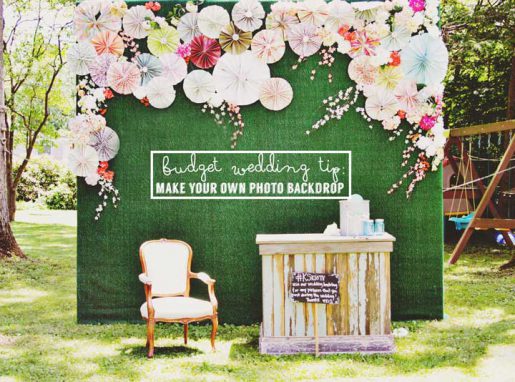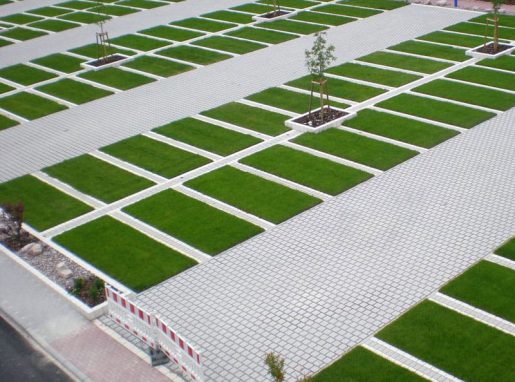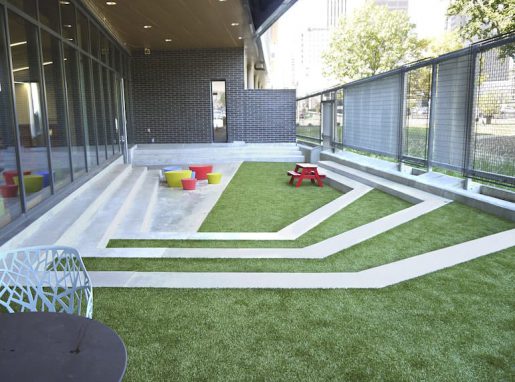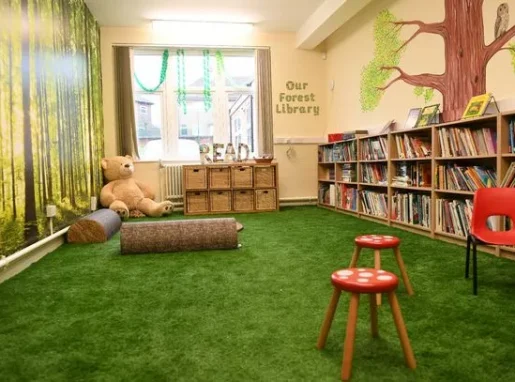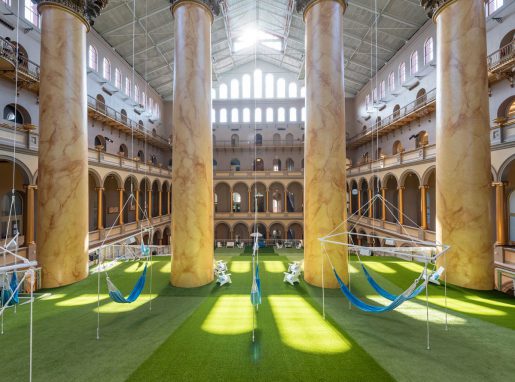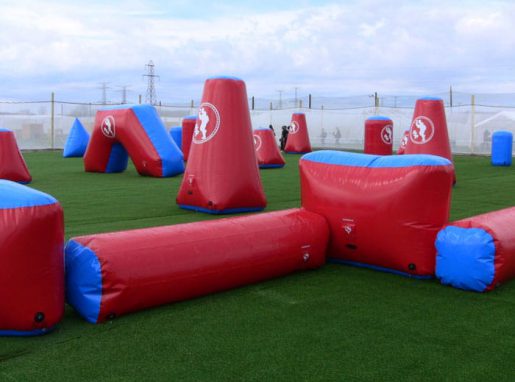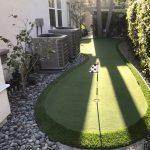Engaging Artificial Grass Ideas for Kindergarten Playgrounds
Kindergarten playgrounds are a crucial space for young children to explore, play, and learn. Artificial grass offers a versatile and child-friendly solution for creating engaging and inviting play areas that promote creativity, physical activity, and sensory experiences. In this article, we will explore a range of artificial grass ideas specifically tailored for kindergarten playgrounds, providing a safe and vibrant environment for children to thrive.
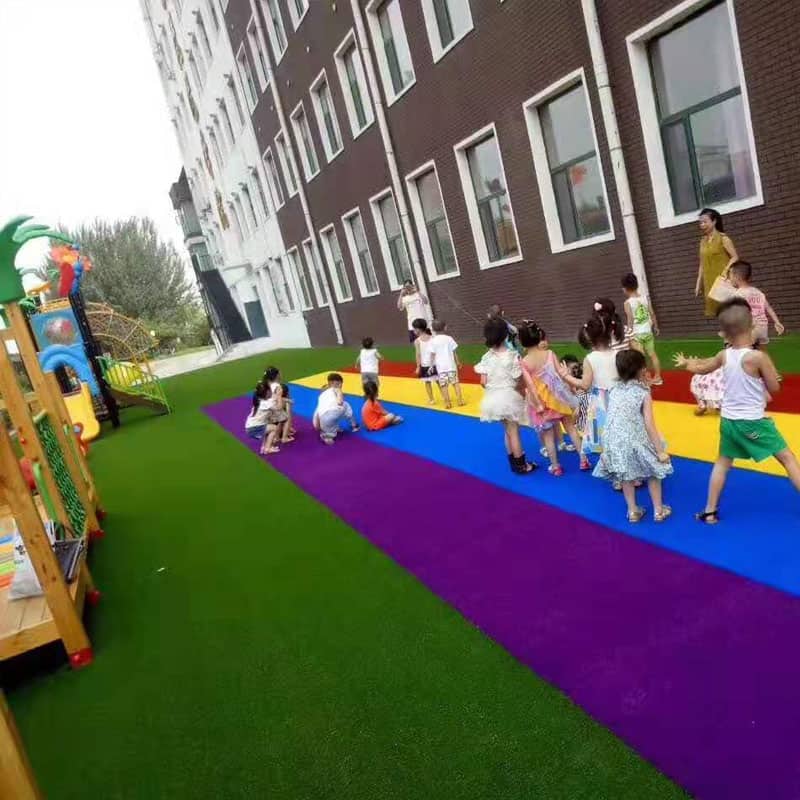
1. Colorful Play Zones:
Incorporate vibrant colors into the design of the artificial grass play areas. Use colorful turf or install colorful rubberized flooring with artificial grass accents to create visually stimulating zones. Consider incorporating educational patterns or shapes that encourage children to engage in imaginative play. These colorful play zones not only enhance the visual appeal but also stimulate children’s creativity and cognitive development.
2. Sensory Pathways:
Create sensory pathways using artificial grass that engage children’s senses as they move and explore. Install textured pathways with different materials, such as rubberized tiles or stepping stones, surrounded by soft artificial grass. Incorporate elements like musical steps, textured panels, or interactive features along the pathways to provide a multisensory experience. These sensory pathways encourage balance, coordination, and sensory exploration, fostering the development of fine and gross motor skills.
3. Nature-Inspired Play Areas:
Bring the beauty of nature to the kindergarten playground by integrating artificial grass with natural elements. Combine artificial grass with wooden structures, tree stumps, or log seating areas to create a nature-inspired play space. Use artificial grass to mimic the feeling of grassy meadows or forest floors, providing a soft and safe surface for children to explore and engage in imaginative play. This blend of natural and artificial elements fosters a connection to the outdoors and encourages environmental awareness.
4. Interactive Game Zones:
Create interactive game zones using artificial grass to engage children in active play. Install markings for games like hopscotch, twister, or target throwing on the artificial grass surface. These game zones promote physical activity, coordination, and social interaction among children. Consider incorporating puzzle games or educational elements into the design to enhance cognitive development and problem-solving skills.
5. Outdoor Classroom Areas:
Design outdoor classroom areas using artificial grass, providing a versatile space for learning and exploration. Install seating areas or gathering spots with artificial grass flooring, allowing teachers to conduct lessons or storytelling sessions outdoors. Create designated areas for sensory activities, such as sand or water play, surrounded by artificial grass for easy maintenance and safety. The combination of outdoor learning and artificial grass creates a stimulating environment that supports holistic development.
Conclusion:
Artificial grass offers endless possibilities for creating engaging and inspiring kindergarten playgrounds. From colorful play zones to sensory pathways and nature-inspired areas, artificial grass enhances the learning and play experiences of young children in a safe and vibrant environment. Incorporate interactive game zones and outdoor classrooms to promote physical activity and outdoor learning. With artificial grass, kindergarten playgrounds can become stimulating and inviting spaces that nurture children’s creativity, social skills, and overall development.
Design Concepts for Artificial Grass in Commercial Parking Lots
- Permeable and Sustainable Surfaces
- Designated Green Spaces
- Safety and Comfort
- Traffic Control and Wayfinding
- Branding and Aesthetic Enhancement
- Low Maintenance and Cost-Efficiency
Green Tranquility: Artificial Grass Elevates Dayton Metro Library’s Outdoor Oasis
- Nature Amidst Knowledge
- Year-Round Green
- Comfortable Retreat
- Community Engagement Spaces
- Sustainable Landscaping
- Ease of Maintenance
- Aesthetic Harmony
Forest-Inspired Library Transforms with Artificial Grass at St Maria Goretti Catholic Academy
- Nature's Touch
- Synthetic Serenity
- Whimsical Seating
- Minimal Maintenance, Lasting Appeal
- Reading Retreat
- Imaginations Awakened
Artificial Grass Design at the National Building Museum: A Green Oasis in the Heart of Architecture
- Aesthetic Harmony
- Sustainable Elegance
- Year-Round Appeal
- Public Recreation Spaces
- Versatile Applications
- Safety and Accessibility
- Educational Significance
Artificial Grass in Paintball: Enhancing the Paintball Experience
- Durable and Resilient
- Consistent Surface
- All-Weather Play
- Low Maintenance
- Player Safety


